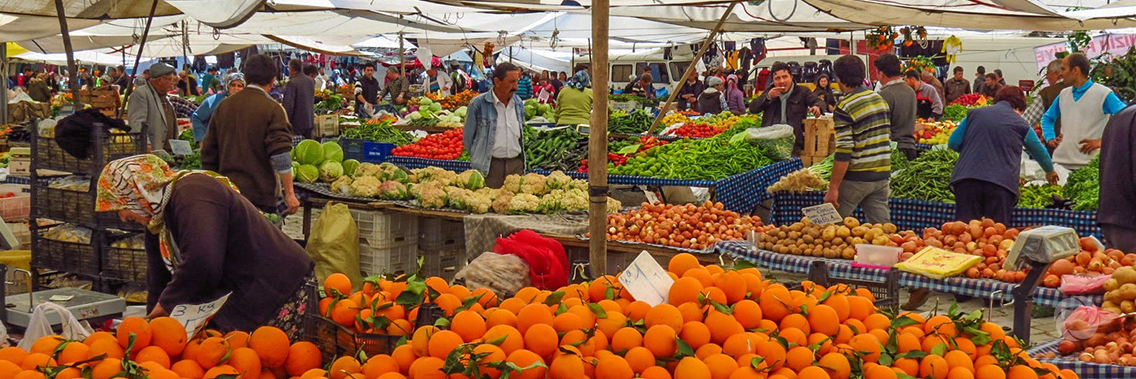The FAO Food Price Index held broadly stable in March, as a jump in dairy prices was offset by drops in cereal, vegetable oil and sugar price quotations, according to a benchmark UN report.
The index, which tracks monthly changes in international prices of a basket of food commodities, averaged 167 points, down two points from February and some 3.6 percent below its level in March 2018.
The Food and Agriculture Organization also released new figures for the world’s cereal production and inventory levels, reflecting major upward adjustments made on the back of China’s 2017 agricultural census results.
The FAO Dairy Price Index rose 6.2 percent during the month, marking its third consecutive increase, driven by increased import demand for butter, cheese and Whole Milk Powder, ahead of an expected tightening in export availabilities from Oceania.
The FAO Meat Price Index also rose though slightly, by 0.4 percent from February, buoyed by growing import demand from China for pig, bovine and poultry meats.
By contrast, the FAO Vegetable Oil Price Index declined by 4.4 percent amid subdued import demand for palm oil, increased soy oil crushing in the United States of America and accumulating rapeseed inventories in Canada.
The FAO Cereal Price Index dropped 2.2 percent in the month, led by declining prices of wheat and maize, both of which have ample exportable supplies and favorable harvest prospects in key producing countries. International rice prices were mildly firmer in March.
The FAO Sugar Price Index declined by 2.1 percent, as harvests in key producing countries were larger than previously anticipated. India’s latest production estimates point to an 8.0 percent year-on-year increase during the period from October 2018 through January 2019 and is now expected to overtake Brazil as the world’s largest sugar producer.
Original source: FAO
Published on 04 April 2019

